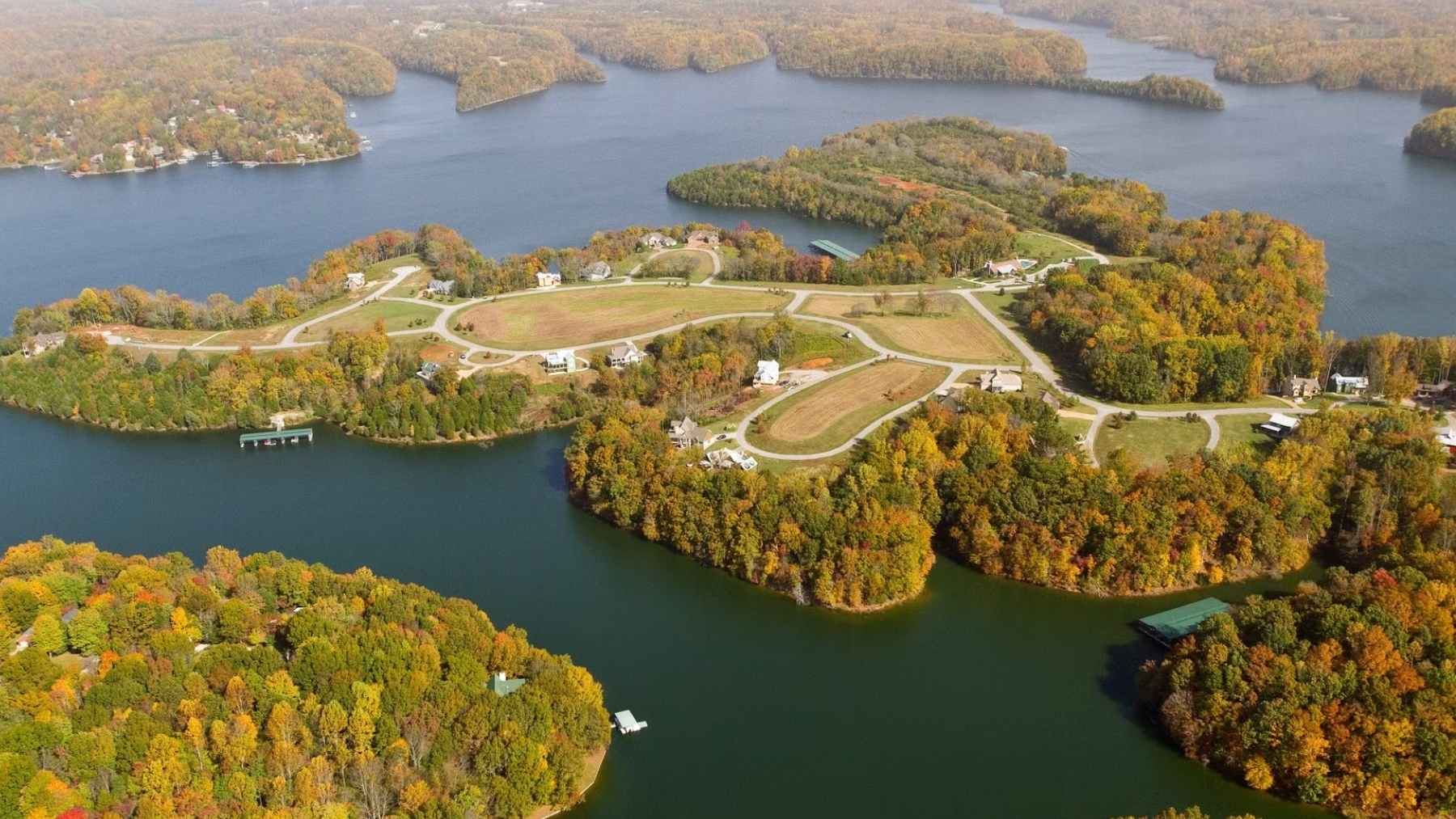Each month, the Social Security Administration (SSA) sends out millions of payments to beneficiaries, the vast majority of which are retirees. However, among these beneficiaries, the SSA also supports individuals with a disability that renders them unable to work, through their Disability fund, as well as supporting those with little to no income or resources through Supplementary Security Income payments (SSI). The SSA follows a rigid payment schedule for these groups, with one group needing to wait until July 1 for their next payment.
How the SSA structures its payments
Because millions of people across the US receive Social Security payments, with a large number relying on these payments as their sole source of income, the SSA is aware of how vital it is to have a strict and timely payment schedule in order for their beneficiaries to plan their monthly expenses accurately and accordingly. Generally, payments are made according to the following structure:
- The second Wednesday of the month: Birth dates between the first and 10th of the month.
- The third Wednesday of the month: Birth dates between the 11th and 20th of the month.
- The last Wednesday of the month: Birth dates between the 21st and 31st of the month.
However, if you receive both SSI and retirement benefits, your payment date will fall on the third of each month, regardless of when your birthdate is. Similarly, if you only receive SSI payments, your payment date will always fall on the first of each month. If you claimed your retirement benefits before May 1997, you are also paid on the third of each month.
Who will receive their payment on July 1?
Today, the final round of Social Security payments will be sent out to beneficiaries. The average retirement benefits paid out to beneficiaries for this year is just under $2,000; however, beneficiaries can claim as high as $5,108. However, this maximum retirement benefit amount is subject to you meeting a number of requirements, as well as your working history.
According to the Social Security payment schedule, SSI beneficiaries will, however, need to wait for their payment to come through on July 1. For this month, SSI beneficiaries were not paid their benefits on June 1 as it fell on a weekend, meaning their June payment was paid out in advance on May 30. While the maximum Social Security payment for retirement beneficiaries is dependent on you waiting to claim your benefits until you are 70 years old, as well as ensuring that you have 35 years of a working history with 40 working credits, the SSI maximum payment is dependent on the following:
- The amount of income your household earns
- The number of people supported by your income in your household
For this year, the maximum SSI payment is $967 for an individual and $1,450 for a couple.
How is SSI different from other benefits?
Unlike retirement benefits from the SSA, which you receive regardless of other sources of income, SSI beneficiaries are entirely dependent on your financial circumstances and are not intended to be paid out for your lifetime. The point of the benefits is to help you with covering expenses while you do not have access to an income.
Generally, if you do not earn over $2,019 each month from working, you are eligible to receive SSI. However, this income limit increases depending on whether you are married or have children or other dependents in your household. Further, SSI is also generally reserved for individuals over the age of 65 or who have a disability. SSI can be earned on top of Disability benefits an individual receives. Next week, beneficiaries can expect their payments to reach them timely as usual.
Disclaimer: This content is informational only and does not supersede or replace the SSA’s or IRS’s own publications and notices. Always verify any specific dates and amounts by following the direct links in our article to SSA.gov or IRS.gov, or by consulting your local SSA field office or tax professional.













